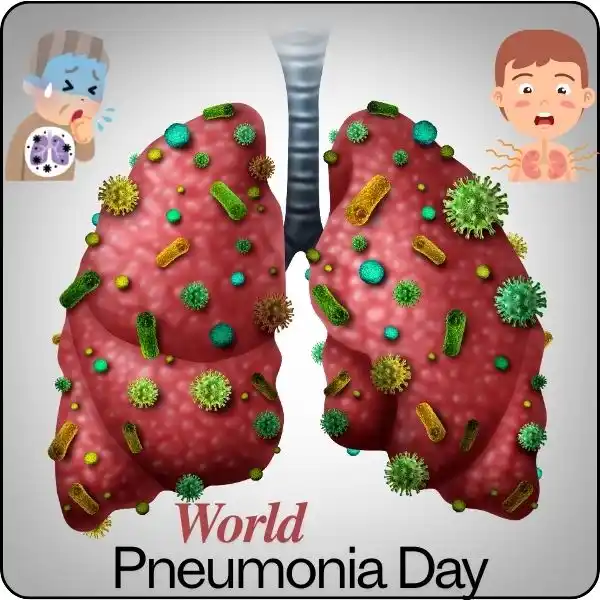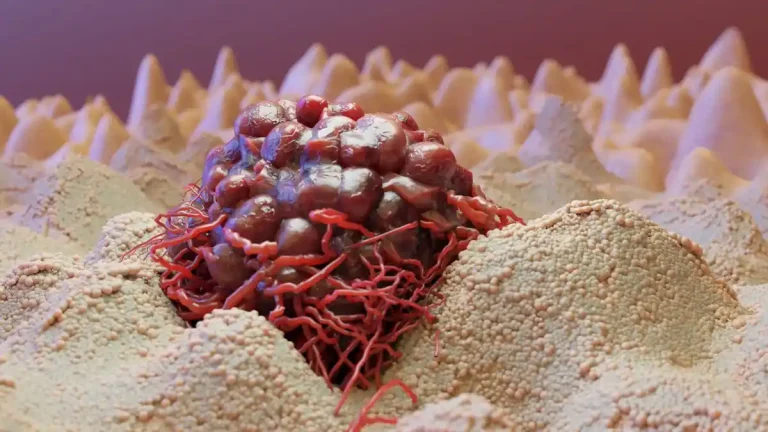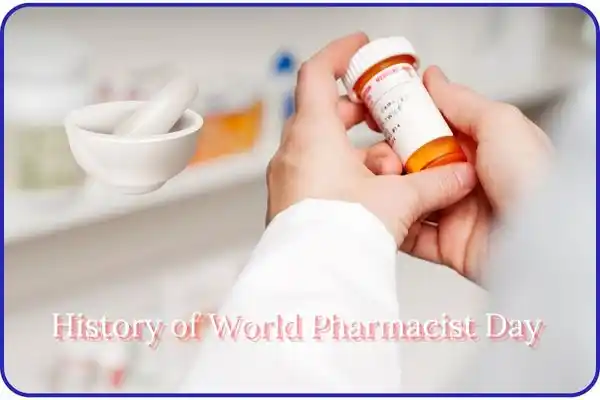World Sepsis Day: Awareness Saves Lives

World Sepsis Day is a critical global health observance held annually on September 13th to raise awareness about sepsis, a life-threatening medical condition caused by the body’s response to an infection.
This day serves as an opportunity to educate people about sepsis, its prevention, and the importance of early detection and treatment. World Sepsis Day aims to reduce the global burden of sepsis by promoting understanding and action on this pressing issue.
Sepsis is a severe and often rapidly progressing condition that can affect people of all ages. It occurs when the body’s immune response to an infection triggers a cascade of inflammatory reactions, which can lead to widespread organ dysfunction and, in some cases, death. T
The key to preventing the devastating effects of sepsis is recognizing the signs and symptoms early and seeking immediate medical attention.
On World Sepsis Day, various activities and initiatives take place worldwide to achieve the following objectives:
- Raise Awareness: The primary goal is to make people aware of sepsis and its potential severity. Communities, healthcare professionals, and organizations share information through educational campaigns, social media, seminars, and events.
- Education: Informing the public and healthcare workers about the signs and symptoms of sepsis, its risk factors, and how to prevent infections can save lives. Educational materials and resources are disseminated widely.
- Advocacy: Advocates, survivors, and healthcare professionals often come together to advocate for better sepsis prevention, diagnosis, and treatment. They may lobby for improved healthcare protocols, increased research funding, and public health policies.
- Support for Survivors: Sepsis survivors often face physical and psychological challenges after recovery. World Sepsis Day may involve support groups, information sharing, and resources for survivors and their families.
- Research: Funding and support for sepsis-related research are essential to improve our understanding of the condition and develop more effective treatments and preventive measures.
- Healthcare Training: Many healthcare institutions use this day to provide training to medical professionals about early sepsis recognition and best practices for treatment.
- Global Collaboration: Sepsis is a global issue that requires international collaboration. World Sepsis Day encourages countries and organizations to work together to combat this health threat.
By commemorating World Sepsis Day, we can collectively work toward reducing the global burden of sepsis, saving lives, and improving the quality of healthcare worldwide. Remember, early recognition and timely treatment are crucial in the fight against sepsis, and spreading awareness is the first step towards achieving this goal.
Join us in the fight against sepsis! On this World Sepsis Day, we urge you to share this crucial message far and wide. Sepsis claims millions of lives annually, yet early detection and treatment can make a difference.
By raising awareness, you can save lives. Share our posts, talk to friends and family, and encourage them to do the same. Together, we can increase understanding, prompt timely action, and ultimately reduce the global burden of sepsis.
Every share counts and every conversation matters. Let’s make a change – today, tomorrow, and beyond.” #WorldSepsisDay #RaiseSepsisAwarenes







